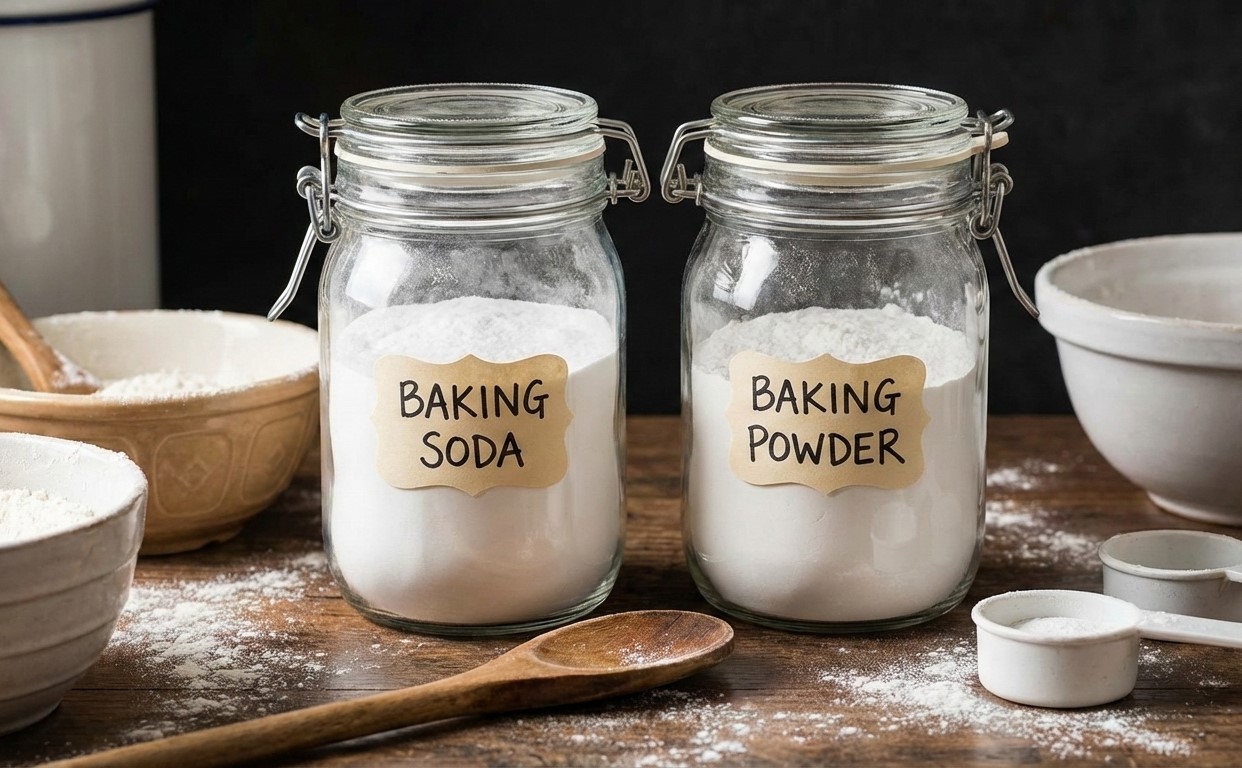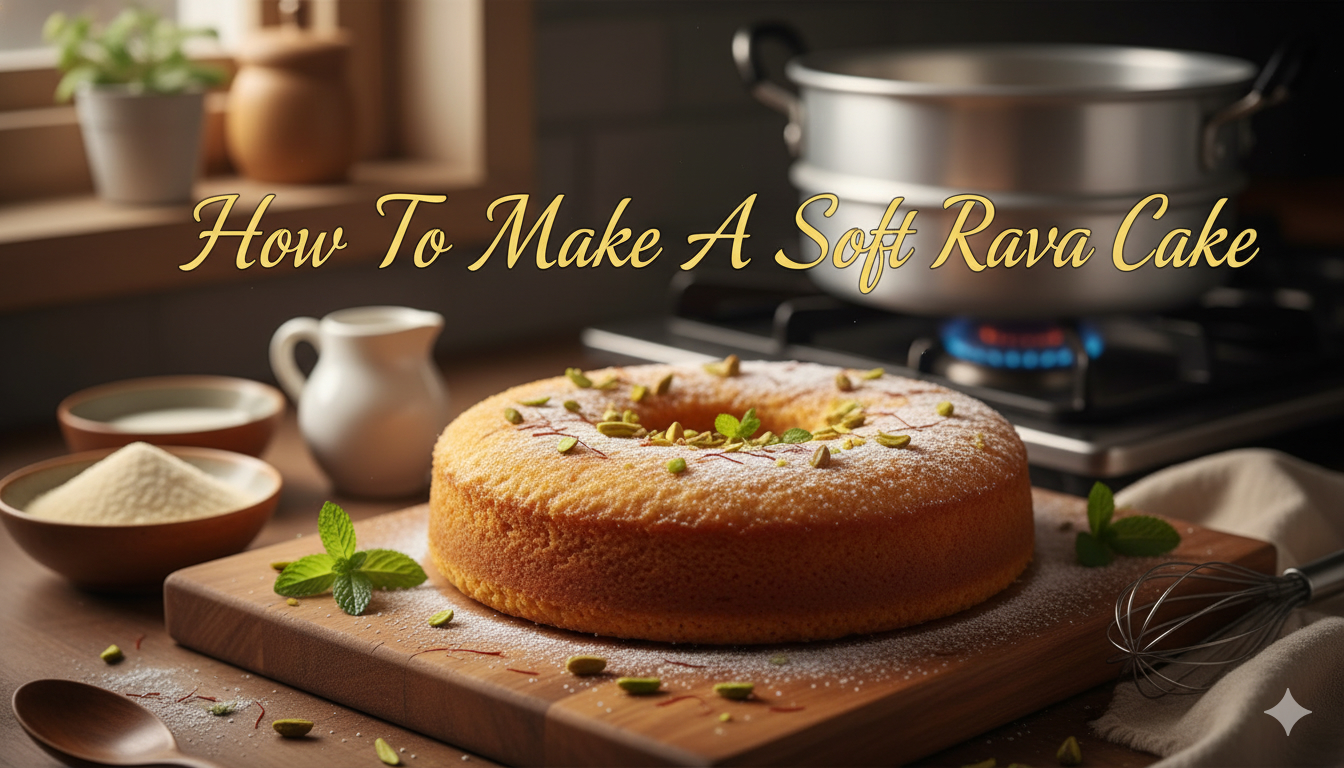As much as I love the velvety richness of cheesecakes (I've made them in every flavour imaginable and ordered them at every restaurant), I'd hate to see cream cheese unfairly typecast. There's a lot more to it than indulgent desserts: a touch of cream cheese in bread will keep the crumb tender and the crust soft; it offsets the buttery heaviness in cakes, or gives a light, open texture in scones. Just steer clear of the "light" versions: it's precisely the high fat content that makes it taste so good, and bake so well.
Vatrushki
An anglicised version of an eastern European treat: fat discs of sweet dough with a zesty cream cheese filling. Traditionally, these might be made with a lighter curd cheese, but I've used rich cream cheese and laced them with a pinch of cardamom, too, for a citrussy edge. Adding cream cheese to the dough as well as in the filling helps to ensure a pillowy texture and soft, golden crust. You could liven these up with a few blueberries or raspberries, or even a drizzling of water icing, but I like them just as they are.
Makes 6
150g strong white flour
100g plain flour
1½ tsp instant dried yeast
½ tsp salt
2 tbsp caster sugar
4 cardamom pods, seeds only, crushed
75g full-fat cream cheese, at room temperature
115ml milk
1 large egg, lightly beaten with 1 tbsp milk, for glazing
For the filling
225g full-fat cream cheese
40g caster sugar
½ tsp vanilla extract
1 tbsp cornflour
Zest of 1 orange
1 Combine the flours, yeast, salt, sugar and crushed cardamom in a large bowl. In another bowl, lightly stir the cream cheese until smooth. Gently heat the milk in a small pan until lukewarm, then gradually stir into the cream cheese, until well combined. Stir this into the dry ingredients, then use your hands to bring the mixture into a soft dough.
2 Turn the dough out on to a clean work surface, then knead well for 10 minutes. It may be slightly sticky to begin with, but you'll find it grow stronger, more supple and easier to handle as you work. Don't add extra flour to the dough or work surface: the dough's wetness is what will give the buns a soft, open texture; adding more flour at this stage can yield dry, heavy bread.
3 Put the dough in a bowl, cover tightly with clingfilm and leave to rise. The dough is ready when it has more or less double in size. Exactly how long this takes will depend on the temperature in your house and the temperature of the ingredients, but it should take between 1 and 2 hours.
4 Divide the risen dough into six equal pieces. On a lightly floured work surface, roll each out to a disc shape, then use your hands to stretch the discs out to 12-13cm in diameter. You'll need to stretch the centres quite a bit thinner than the edges, to give a 2cm-wide rim of dough surrounding a hollow in the middle. It's this dip that will hold the cream cheese filling. Set the shaped buns aside on a large parchment-lined baking tray. Leave to rise, covered loosely with clingfilm, for 45-60 minutes, or until 1.5-2 times their original size, much puffier and spongy to the touch.
5 While the buns rise, preheat the oven to 180C/350F/gas mark 4 and prepare the filling: beat the cream cheese until smooth, then stir in the sugar, vanilla extract, cornflour and orange zest.
6 Once risen, gently press down the centres of the buns to mark out the hollows, if they've lost their definition. Fill each hollow with some of the cream cheese filling and lightly smooth the surface. Brush the exposed dough with the egg wash to glaze, then place in the oven for 20-25 minutes, by which time the dough should be a deep golden brown. Leave to cool on a wire rack.
Cheese and chive scones
Good baking can take a long time: chilling, rising, setting, fermenting, resting, baking and cooling might eke a seemingly simple bake out to a whole afternoon's work. It's a small price to pay for bread or cake fresh from the oven, but it'll seem like an eternity if you've been led belly-first into the kitchen on a baking whim. This is why I always like to have a few recipes on hand that can be rustled up quickly. These scones take less than 30 minutes, satisfying even the most urgent carb cravings.
The cream cheese in these makes the dough slightly sticky, but it's this moisture that's crucial for their fluffiness and rise. Don't be tempted to add more flour or handle the dough too roughly, or you'll end up with leaden, chewy scones.
Makes 8-10
300g plain flour
50g unsalted butter, firm but not too cold
3 tsp baking powder
¼ tsp salt
2-3 tbsp finely chopped chives
100g cheddar cheese, grated
200g full-fat cream cheese
100ml milk
4 tsp Dijon mustard
1 large egg, lightly beaten with a pinch of salt, for glazing glaze
1 Heat the oven to 180C/350F/gas mark 4. Line a baking tray with parchment.
2 In a large bowl, use your fingertips to rub the flour and butter together until no butter is visible. Stir in the baking powder and salt, then toss through the chives and cheddar. In a separate bowl, stir the cream cheese until smooth, then add the milk gradually before mixing in the mustard. Add this wet mix to the dry ingredients and stir to combine. Take care not to over-mix: as soon as it's a shaggy, slightly sticky dough, it's ready.
3 Turn the dough out on to a floured work surface. Gently pat or roll the dough out to 2cm thick, then use a 8cm-diameter pastry cutter to stamp circles out. Arrange these rounds on the prepared baking tray. Reroll any offcuts for a couple of extra scones, if you want - they'll be slightly misshapen, but no less delicious.
4 Brush the tops of the scones with the egg wash to glaze, taking care not to let the egg run down the sides of the dough (it'll inhibit the rise). Bake in the preheated oven for 20 minutes, or until golden, fragrant and firm to the touch.
Vatrushki and scones. Photograph: Jill Mead for the Guardian













